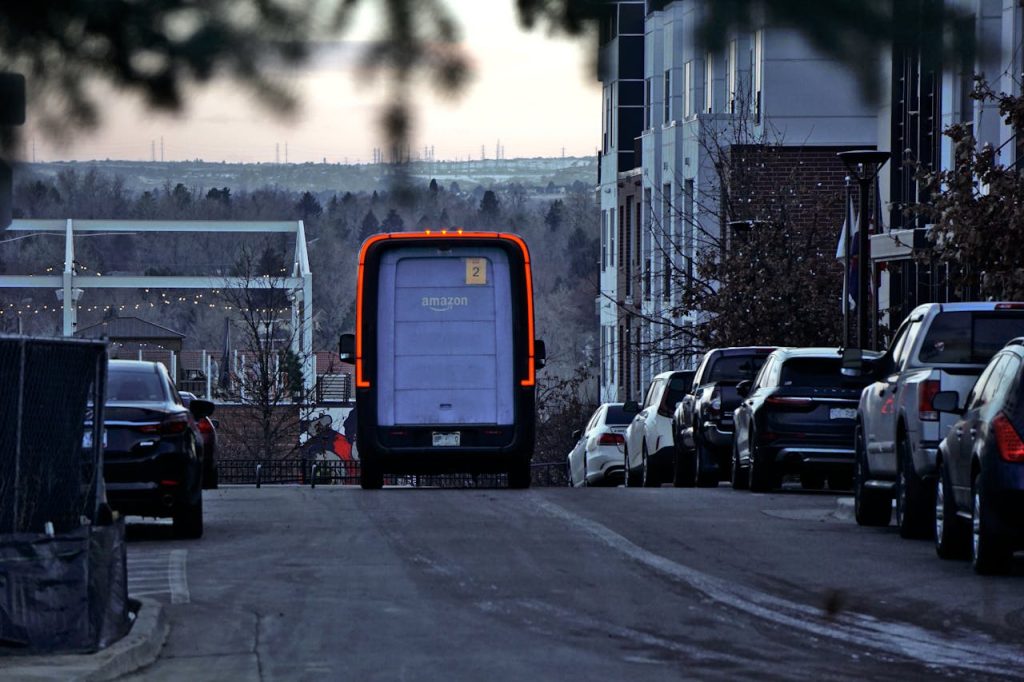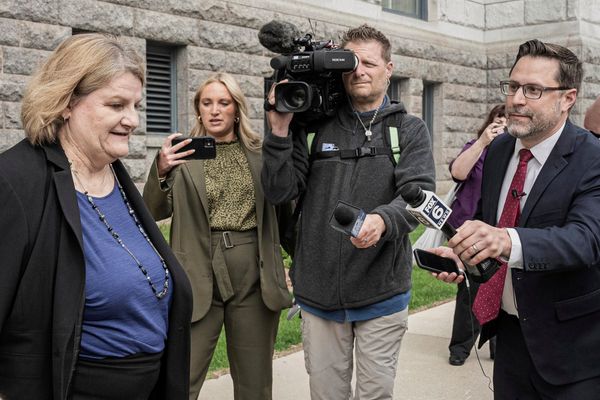
Shopping online is easy. You click, you wait, and a package shows up at your door. But what if that package isn’t what it seems? Amazon drivers are seeing more scams than ever, and they’re starting to warn shoppers. These scams can cost you money, put your personal information at risk, or even threaten your safety. If you order from Amazon, you need to know what’s happening. Here are five dangerous package scams Amazon drivers want you to watch out for—and how to protect yourself.
1. Fake Missed Delivery Notices
You come home and find a note on your door. It says you missed a delivery and need to call a number or scan a QR code to reschedule. It looks official, maybe even with an Amazon logo. But it’s not from Amazon. Scammers leave these notes hoping you’ll call or scan. If you do, you might be asked for personal information, a credit card number, or even a payment to “reschedule” your delivery. Some people have reported malware downloads after scanning the code.
Amazon drivers say they never leave notes with QR codes or ask for payment to reschedule. If you get a missed delivery notice, check your Amazon account or the official Amazon app. Don’t call numbers or scan codes from random notes. If you’re unsure, contact Amazon customer service directly through their website or app.
2. “Brushing” Scams: Packages You Didn’t Order
You open your door and see a package with your name on it. You didn’t order anything, but it’s from Amazon. You might think it’s a gift or a mistake. But this could be a “brushing” scam. Sellers send cheap items to random addresses so they can post fake reviews using your name. It makes their products look more popular and trustworthy.
Amazon drivers say this is happening more often. The real risk is that your name, address, and maybe even your phone number are being used without your consent. It’s a sign your information is out there. If you get a package you didn’t order, report it to Amazon. Don’t feel pressured to keep it or leave a review. And check your Amazon account for any strange activity.
3. Package Theft Setups
Porch pirates are a real problem. But some thieves are getting creative. Amazon drivers have seen people follow their trucks, waiting for deliveries. Sometimes, thieves even pose as neighbors or delivery workers. They might knock on your door, say a package was delivered by mistake, and ask for it back. Or they might leave a fake package to see if you’re home, then come back later to steal real deliveries.
To protect yourself, track your packages using the Amazon app. If you get a delivery photo, check it right away. If someone comes to your door asking for a package, don’t hand it over unless you’re sure they’re legitimate. Ask for ID or check with Amazon first. Consider using a secure delivery box or having packages sent to an Amazon Locker.
4. Phishing Texts and Emails About Your Package
You get a text or email saying your Amazon package is delayed, lost, or needs more information to be delivered. There’s a link to “fix” the problem. These messages look real, but they’re not from Amazon. Scammers use them to steal your login details, credit card numbers, or install malware on your device.
Amazon drivers say customers are falling for these scams more often. The best way to stay safe is to never click links in texts or emails about your package. Always check your order status directly in the Amazon app or website. If you get a suspicious message, report it to Amazon. Remember, Amazon will never ask for sensitive information through text or email.
5. Fake Returns and Refunds
You get a call or message saying there’s a problem with your recent Amazon return or refund. The person claims to be from Amazon and asks for your account details, payment info, or even remote access to your computer to “process” the refund. Some scammers even send fake return labels or ask you to ship items to a different address.
Amazon drivers warn that real Amazon returns are handled through your account. You should never give out personal information or allow remote access to your device. If you’re returning something, use the official Amazon return process. If you get a suspicious call or message, hang up and contact Amazon directly through their website or app.
Stay Safe: What Amazon Drivers Want You to Remember
Amazon drivers see these scams every day. They want shoppers to know that most deliveries are safe, but scams are getting smarter. Always use the official Amazon app or website to track orders, handle returns, and contact customer service. Don’t trust random notes, texts, or calls. If something feels off, it probably is. Protect your information and your packages. And if you see something suspicious, report it to Amazon right away.
Have you ever experienced a package scam or a suspicious delivery? Share your story in the comments below.
Read More
Top 7 Financial Resolutions for 2023
3 Things You Should Do When Tackling Debt
The post Amazon Drivers Are Warning Shoppers About These 5 Dangerous Package Scams appeared first on The Free Financial Advisor.







